
Dear Santa
The Christmas season can be a time to celebrate with the special people in your life, relax and reflect on the year or start a new research project in Trove. As we wind down for the year, we decided to look back at how mail has helped people connect with each other around Christmas time for decades.
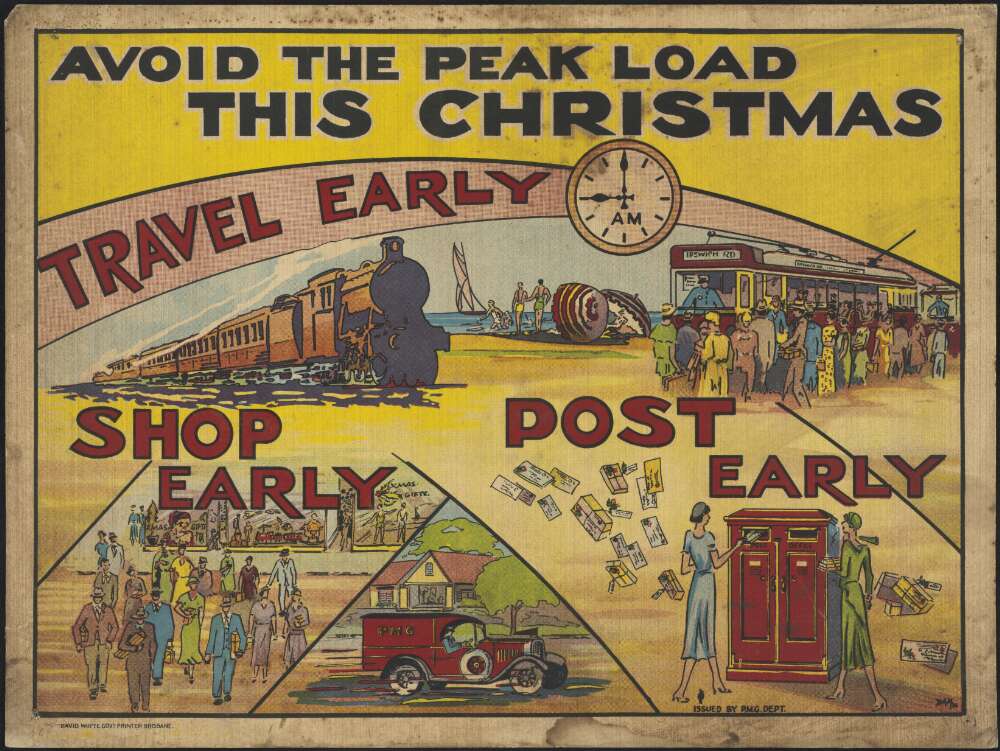
During wartime, a soldier receiving a letter from home at Christmas was a reminder of the life they had waiting for them back at home. For their families it was a relief to know they were alive and well.
Then of course there’s letters children have written to Santa. While some give in to the commercial side of the holiday, others remind you of the optimism and innocence of youth.
Was there ever a greater joy than a child receiving a Christmas gift in the mail? It was guaranteed to build anticipation for Christmas Day, as you endlessly pondered what could be inside the box.
Follow the journey of joy and wonder as we unwrap the magic of Christmas-time mail through stories and collections in Trove.
Letters to Santa
Potentially the most famous letter to Santa comes from New York newspaper The Sun’s 1897 editorial featuring 8-year old Virginia O’Hanlon. Some of her friends had told her Santa wasn’t real. The disheartened child wrote to the paper to ask:
‘Please tell me the truth, is there a Santa Claus?’
The response penned to Virginia was so moving that it has continued to be printed in global newspapers for decades.
“Yes, Virginia, there is a Santa Claus. He exists as love and generosity and devotion exist, and you know that they abound and give to your life its highest beauty and joy. Alas! how dreary would be the world if there was no Santa Claus. It would be as dreary as if there were no Virginias.”
You can enjoy the full response in a version of the article published in the 18 December 1926 edition of The World’s News.
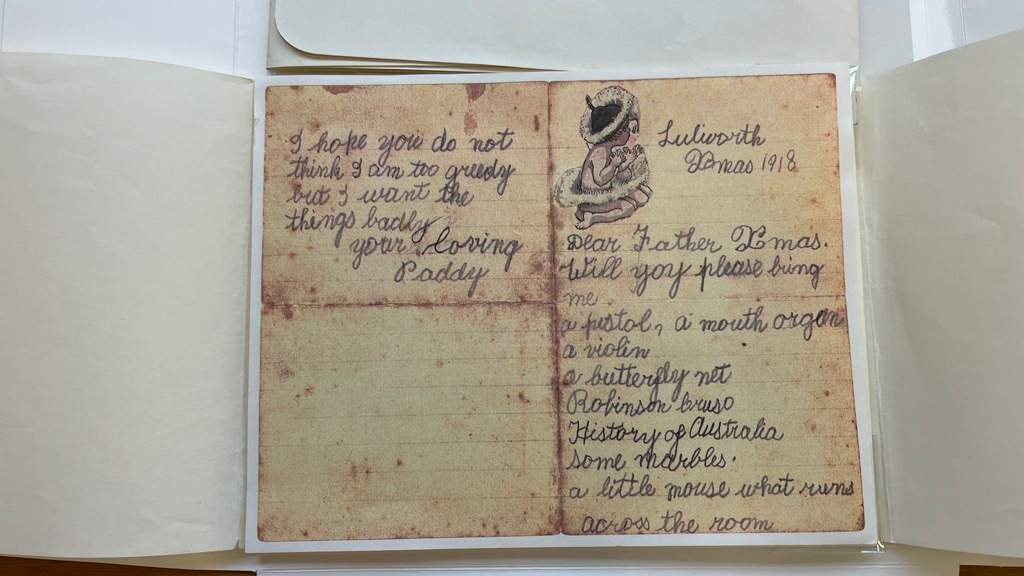
The appeal of letters to Santa could be that they are so full of joy, hope and innocence. The State Library of NSW holds a letter to Santa from award-winning author, Patrick White, in their collection. A facsimile is also held by the National Library of Australia. He was six years old at the time of writing.
The letter reads, “Dear Father Xmas. Will you please bring me a pistol, a mouth organ, a violin, a butterfly net, Robinson Crusoe, A History of Australia, some marbles, a little mouse what runs across the room. I hope you do not think I am too greedy but I want the things badly. Your loving Paddy”
It’s amazing to know that a brilliant literary mind was once swept up in the magic of Christmas.
Search for more letters to Santa.
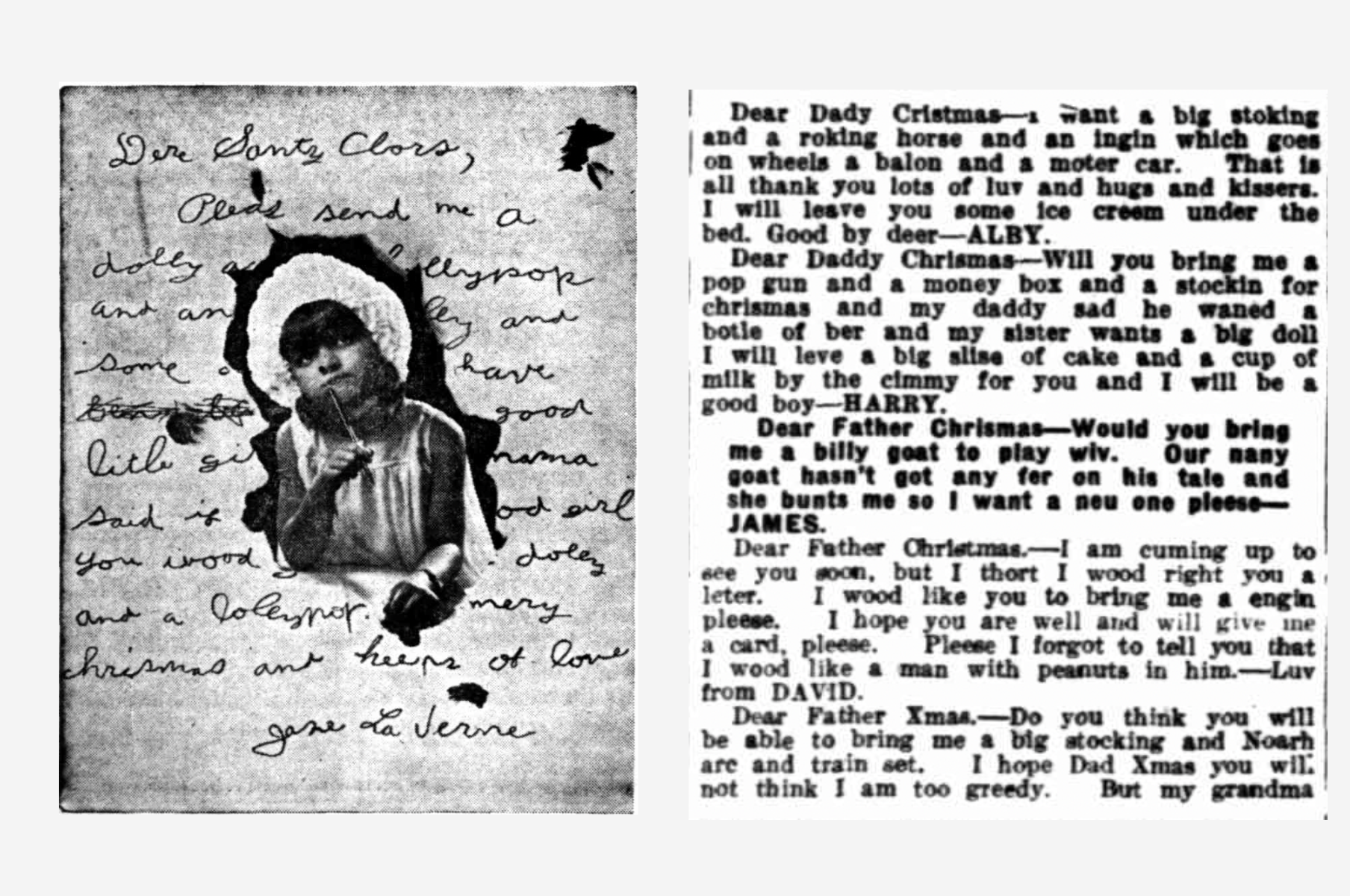
In 1929 The Mail (Adelaide) gave readers a peep into Santa’s letterbox. There’s the usually request for dolls, tennis sets, toy trains and bikes. But there’s also the future businesspeople who ask Santa for a gift and in exchange they will leave him something to eat by the chimney. Others embrace the charitable spirit including Malcolm who reminds Santa to not forget a gift for his baby brother Gerald.
Letters of Ho-Ho-Hope
In the early twentieth century soldiers had limited ways to contact their family while serving their country. But at Christmas time they could sometimes send postcards or letters to their family to let them know they were okay. It was the time of year when magic really happened. During the Second World War Japan even agreed to let Prisoners of War send Christmas mail to their families.
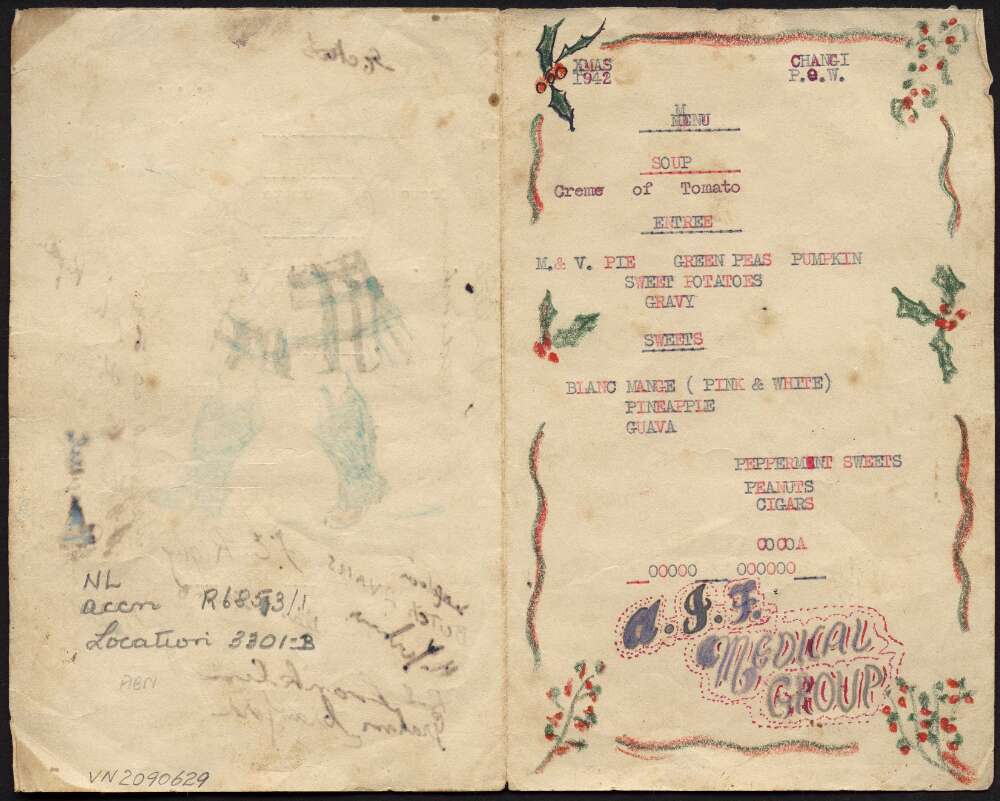
This is a Christmas menu created in Japanese prisoner of war camps during World War II. The prisoners created this menu to pretend this is what they would be having on Christmas Day.
During the First World War embroidered postcards became a popular item for soldiers to send to loved ones back home. These postcards were known as war silks. They were especially popular around holidays like Christmas.
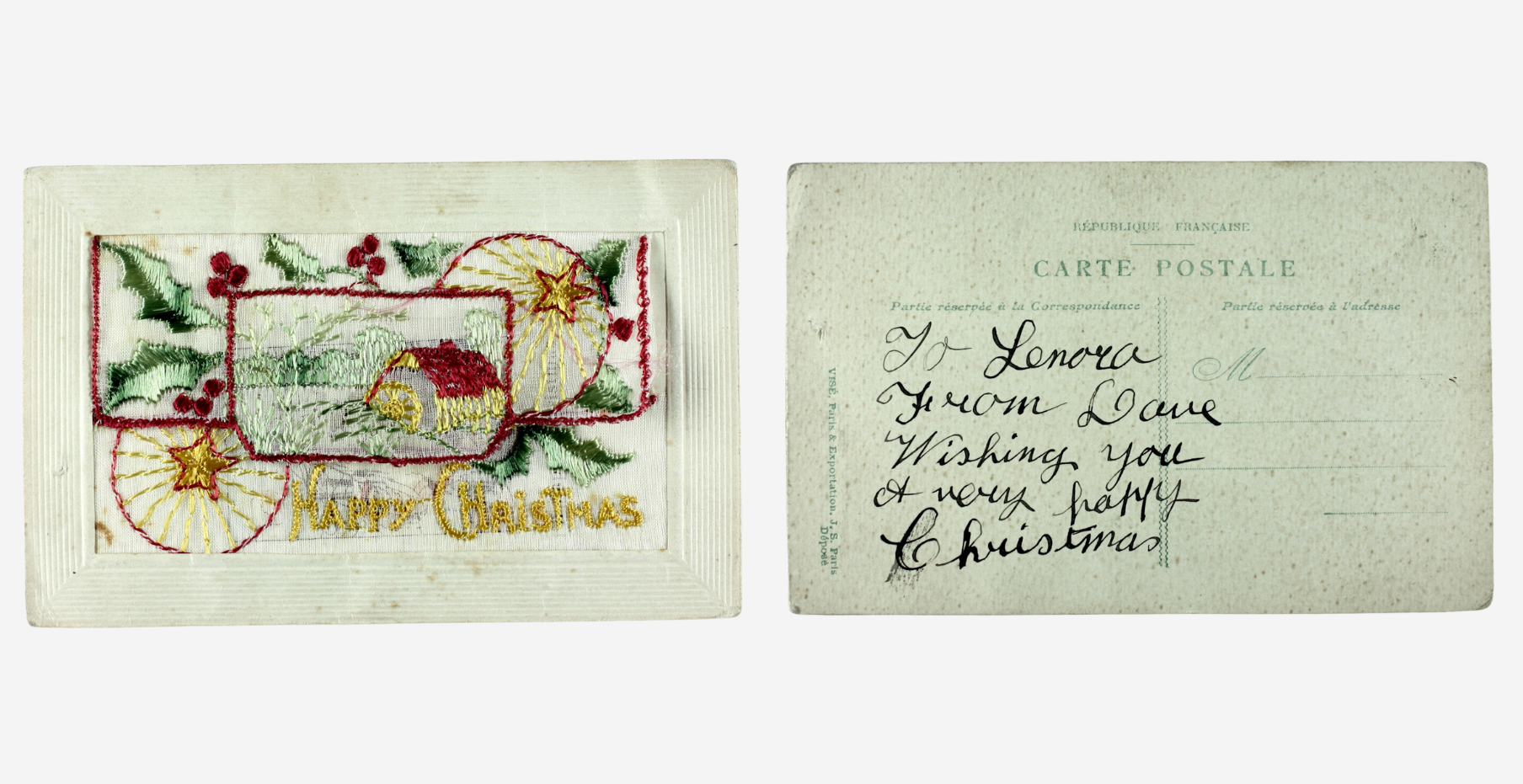
This postcard is part of Museums Victoria’s collection in Trove. It was sent during World War I from soldier Dave Hinds to his sister Lenora back home in Tasmania.

This postcard was written by Dave’s brother Lyle who also served during World War I. The postcard is written to his mother and says: ‘Dear Mother, wishing you all a merry xmas and happy new year - Lyle. Remember me to all.’
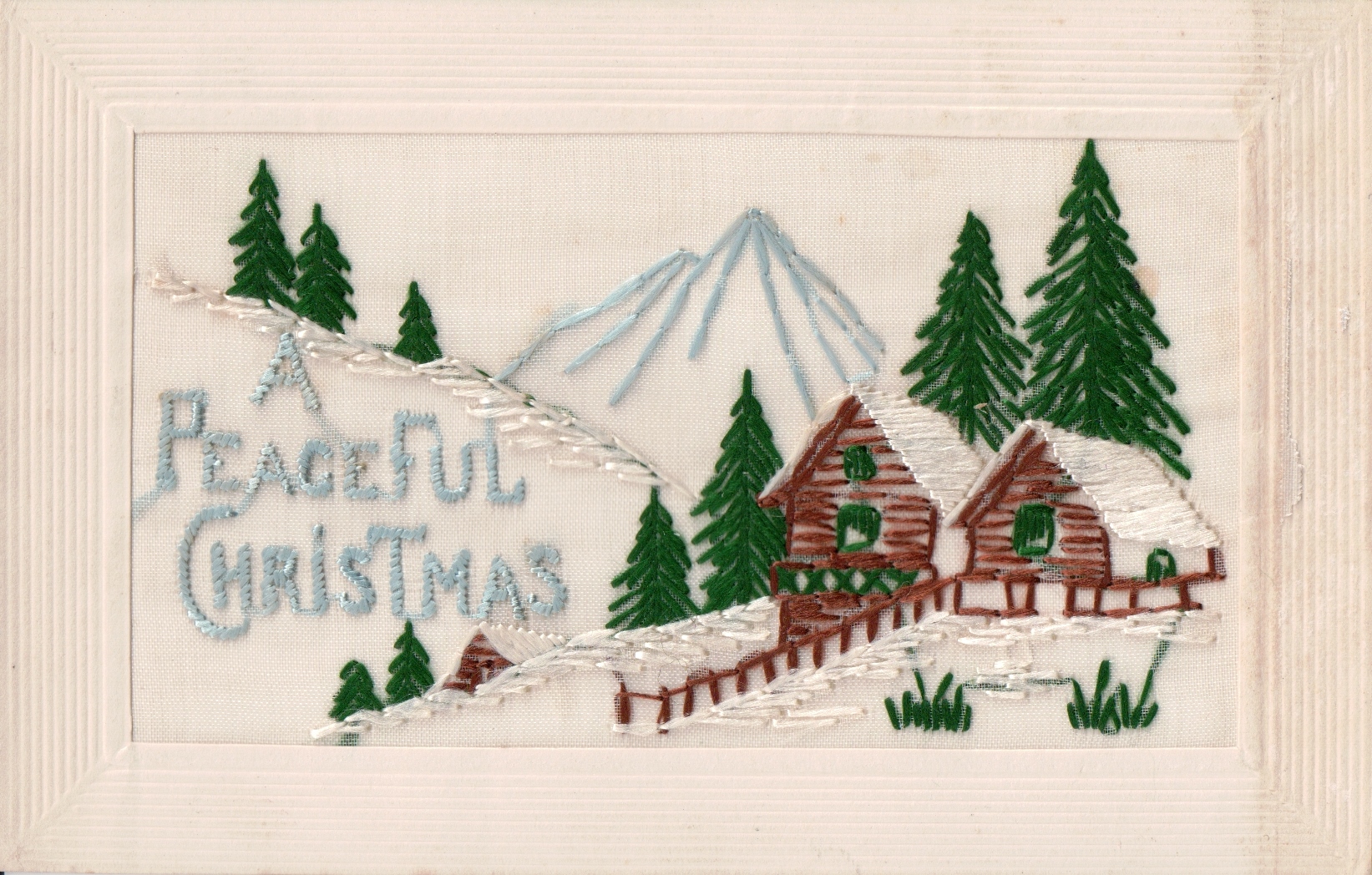
This is postcard is part of the City of Canada Bay Local Studies Collection. It was written by WWI soldier Alfred Cassidy when he was stationed in France. He sent it to his aunt Margaret Jeffery based in New South Wales in 1916. Alfred was killed in action a year later.
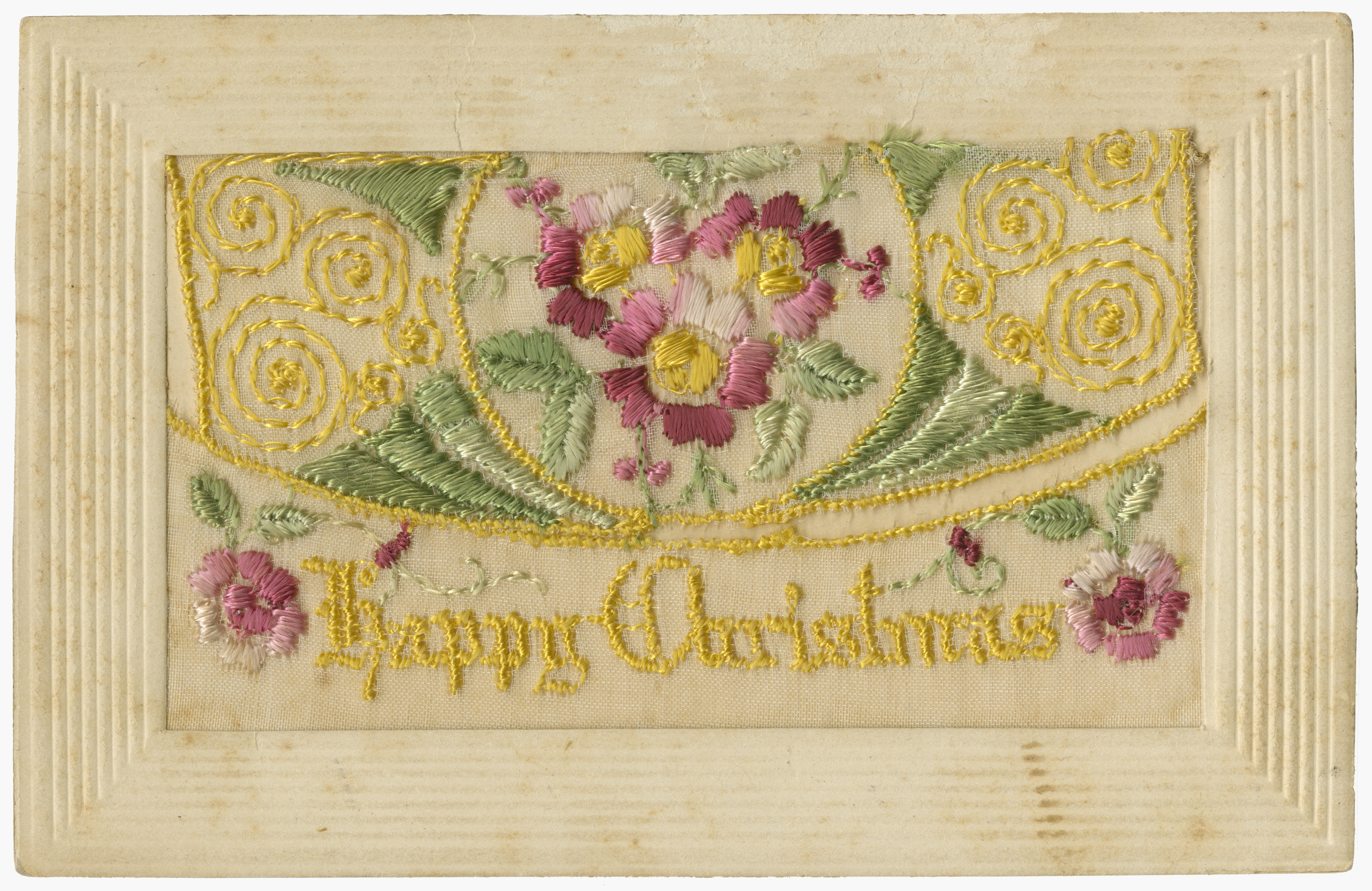
This beautiful silk postcard is in The State Library of Queensland’s collection. It is sent from a World War I soldier named Percy to Cherry. There is a notecard underneath the front flap of the postcard. It reads: “Dear Cherry, One more Xmas we are apart but God be with you till I return. So wishing you dear the same old wish. May there be happy days in store for us. With fondest love & heaps of kisses, Percy.”
Christmas Cards
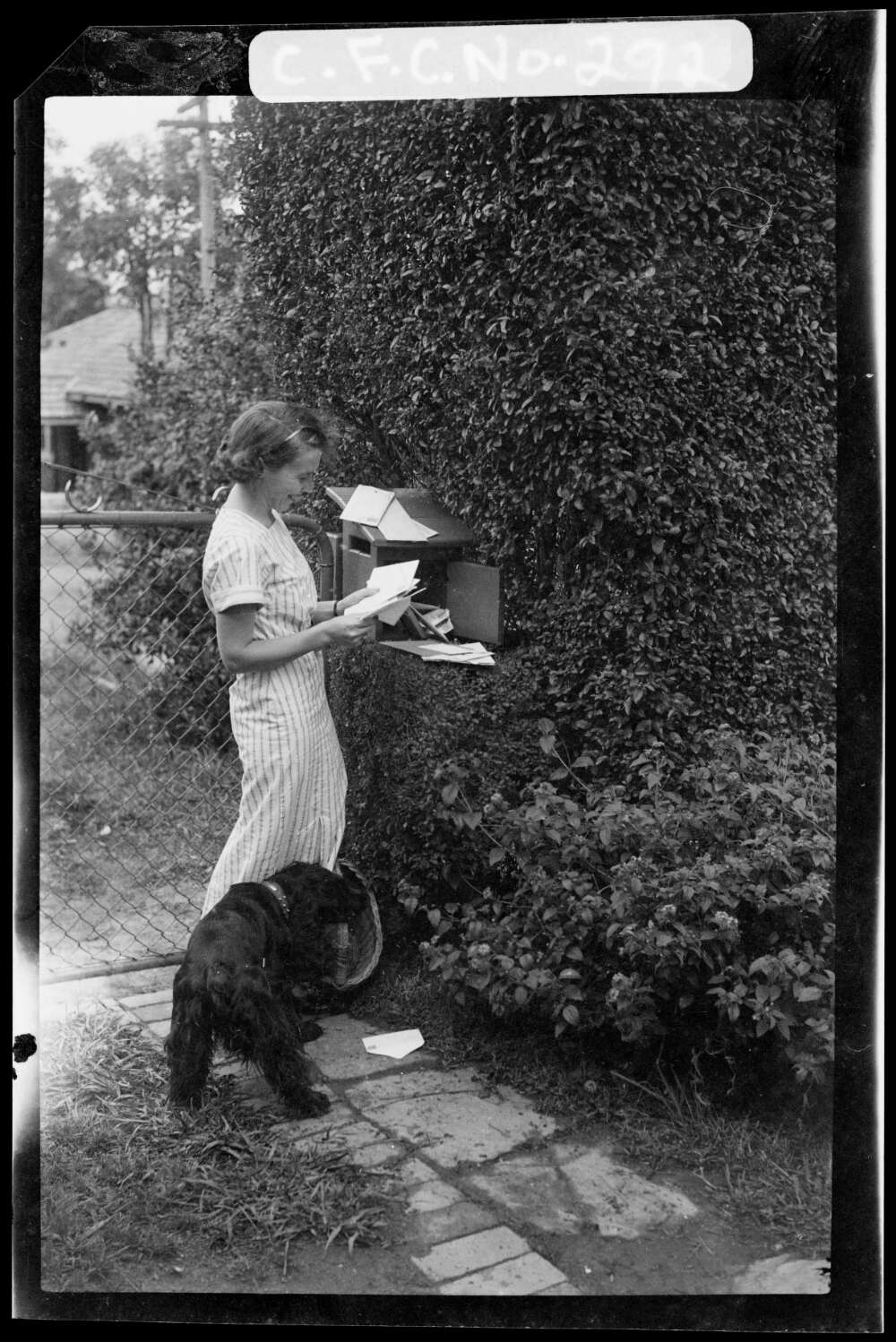
Christmas cards are a heartfelt way to let your loved ones at a distance know that you’re thinking of them. Even if they are on opposite sides of the world, they can still share Christmas together in some small way. You can look to the card and know they are thinking of you on Christmas day.
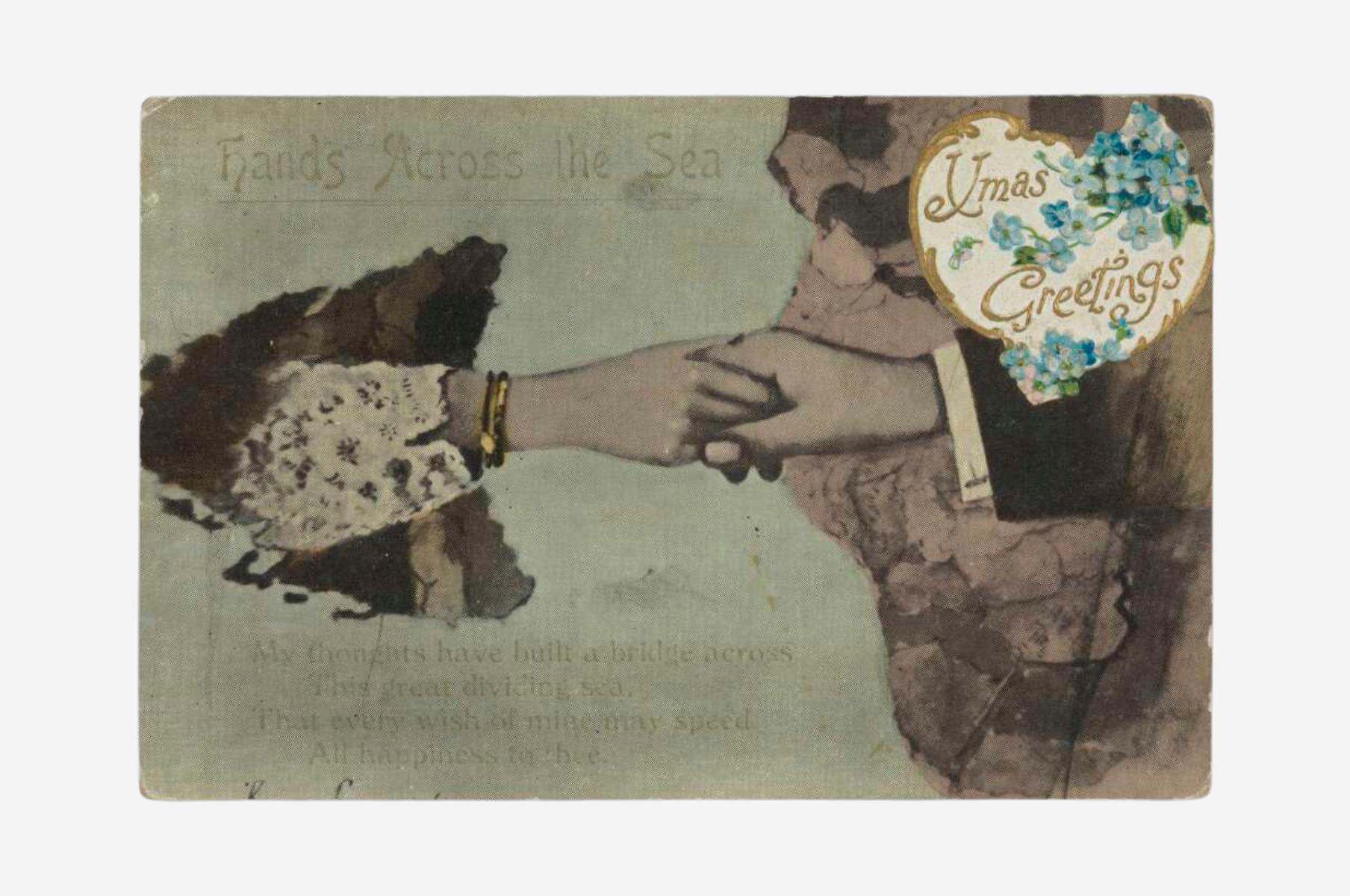
Another joyful part of receiving Christmas cards in the mail is the beautiful artwork. Some people commissioned more artistic cards with handcrafted details.
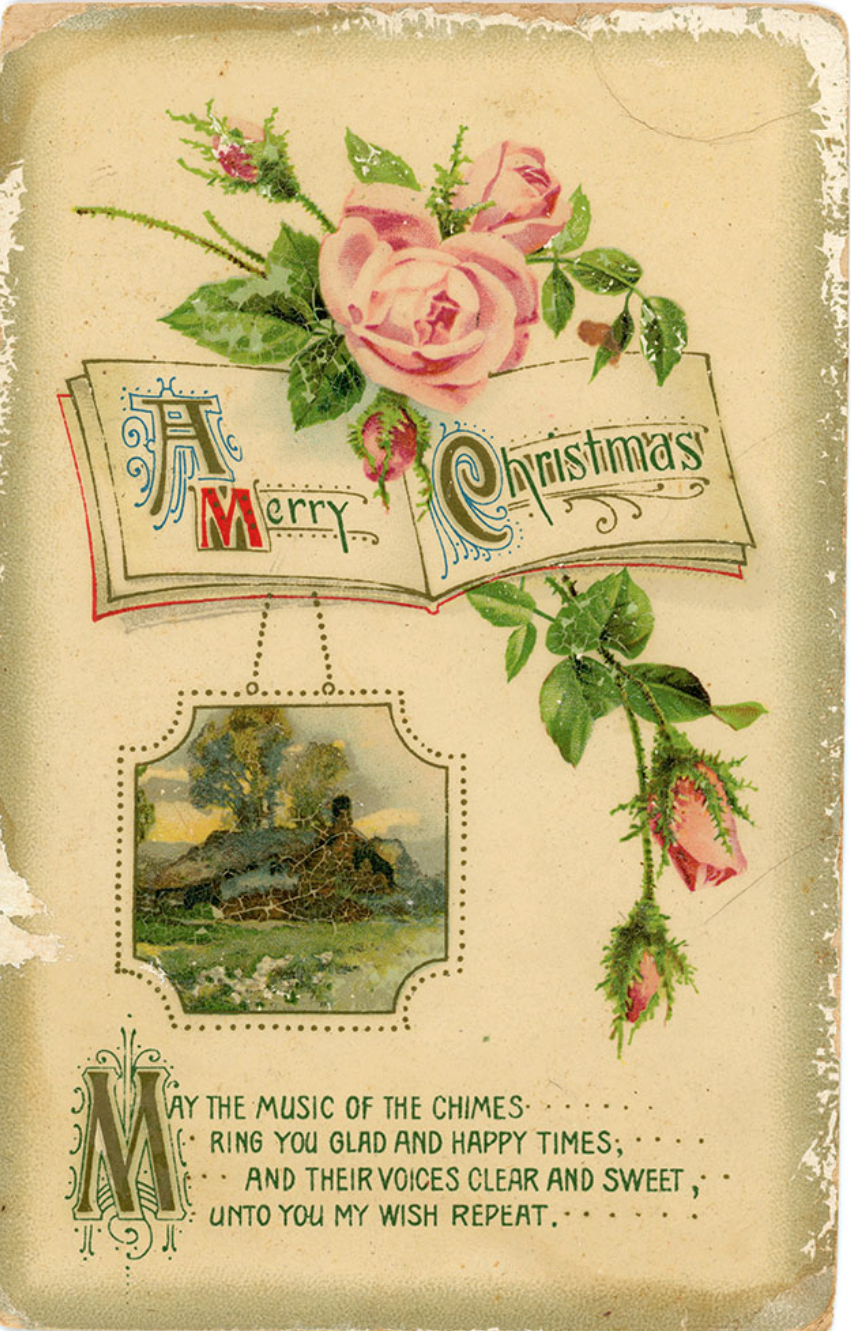
Other times cards include photographs showing their home, their family or special events throughout the year.
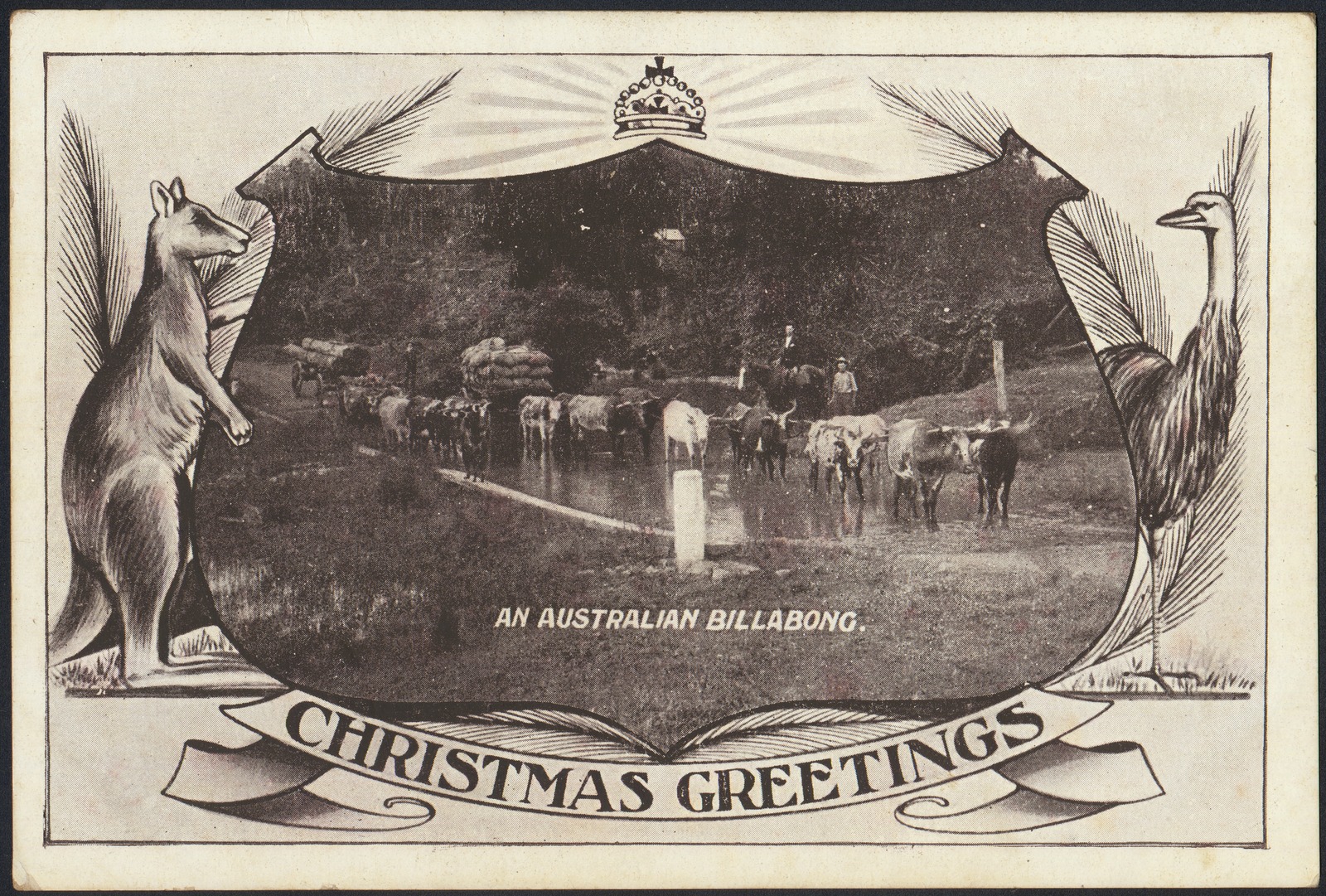
Gifts in the mail
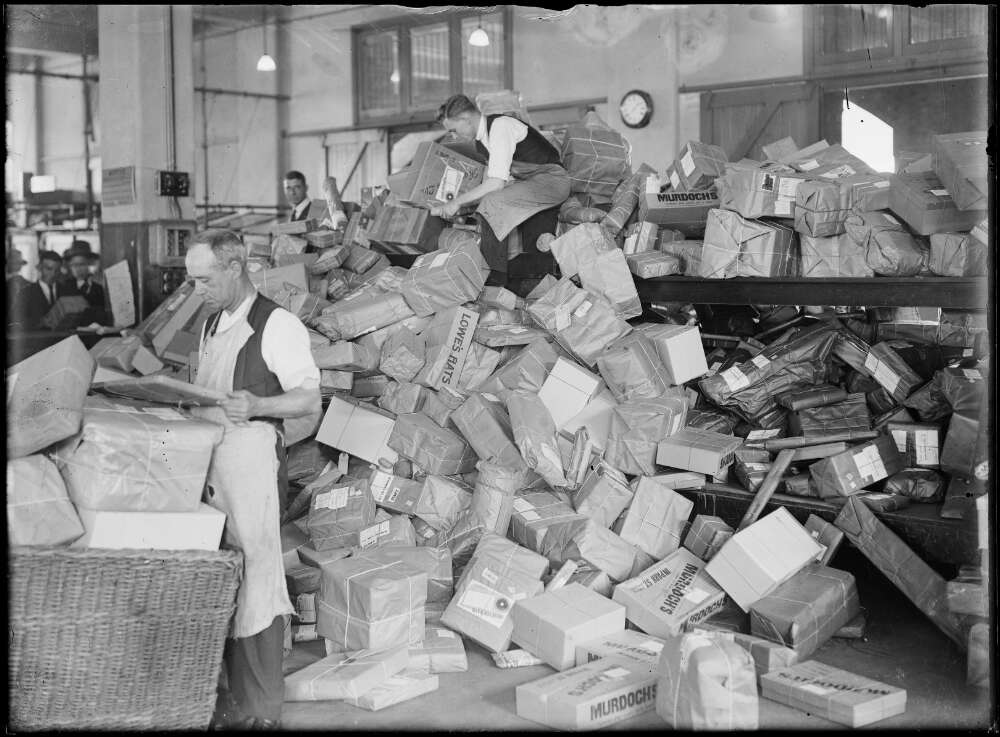
The way we buy gifts has changed over the years, with some opting to avoid the Christmas store chaos and buy online instead. But for family and friends that live interstate or overseas, the post office is still an important stop-off at Christmas. Knowing you had a beautifully wrapped present under the tree with your name on it, created an abundance of anticipation for 25 December. An orange in your Christmas stocking somehow failed to elicit the same joy or enthusiasm...
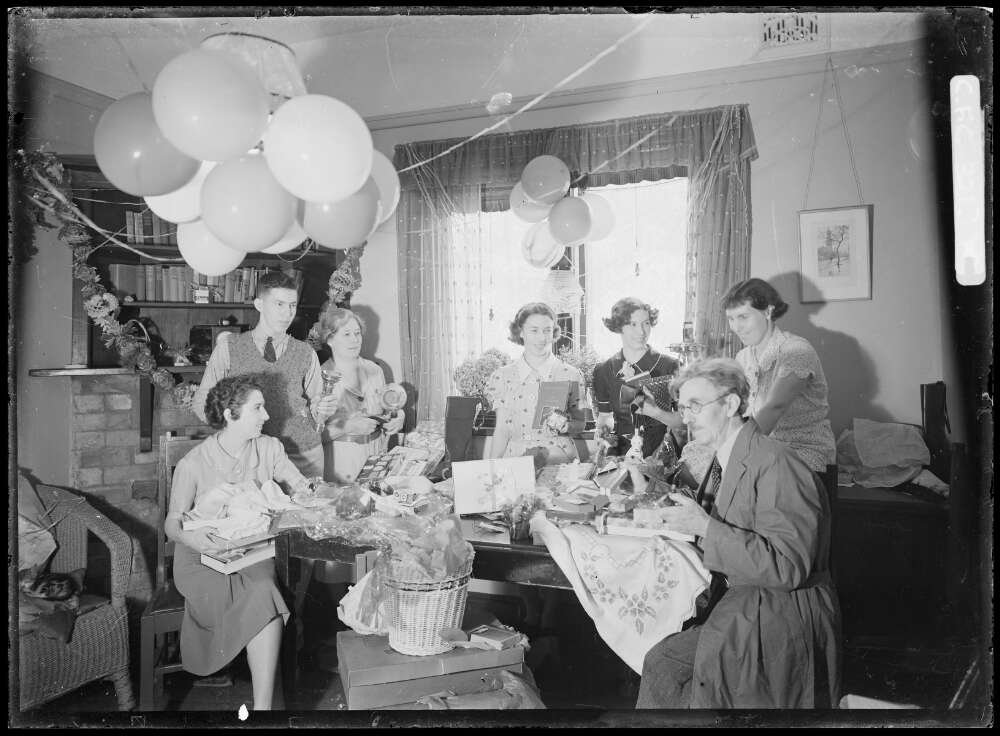
Fan mail… to you!
To our dearest Trove users,
This December we’re celebrating 15 years of Trove and the greatest gift we could ever receive is the support from the wonderful Trove community. Thank you for your text corrections, helpful suggestions and for exploring our content. Trove is not one person.It is the result of ongoing teamwork and collaboration. Thank you for being part of “Team Trove”.
Until we meet again.
Forever yours, Trove.
P.S. we’ll keep you entertained over the festive season through our Facebook page.